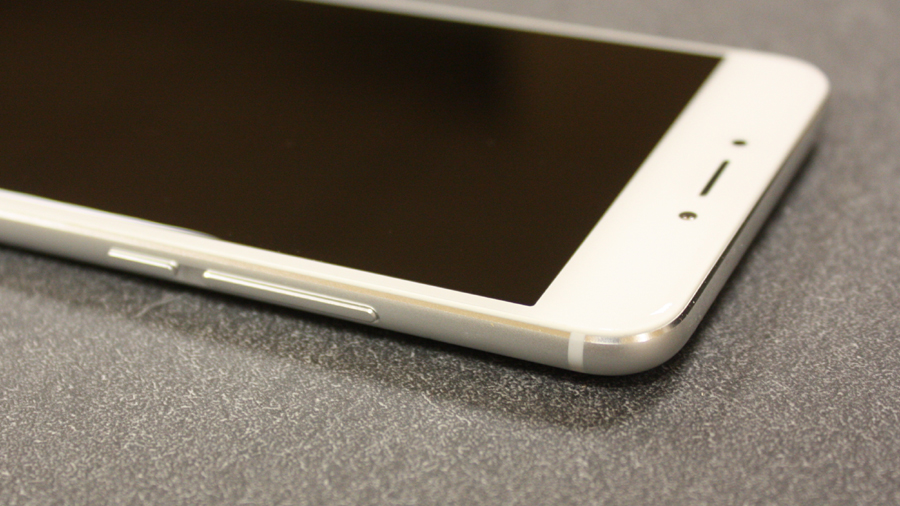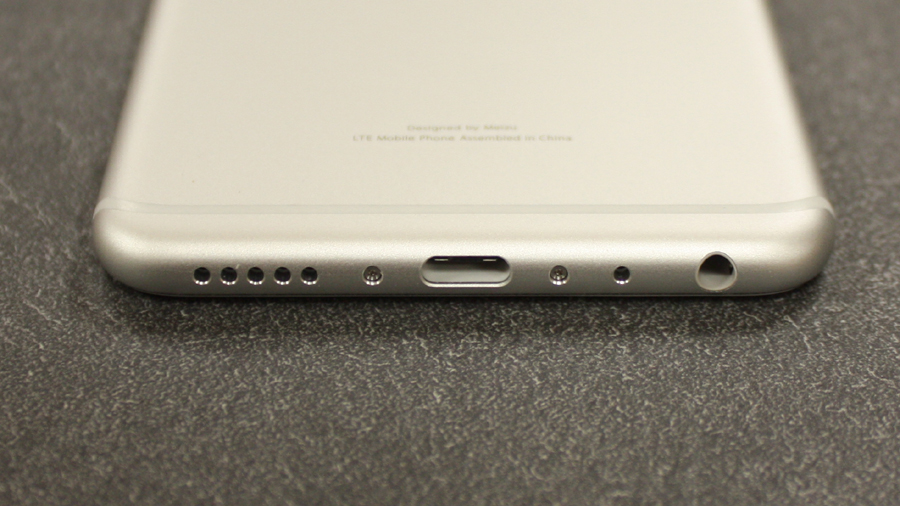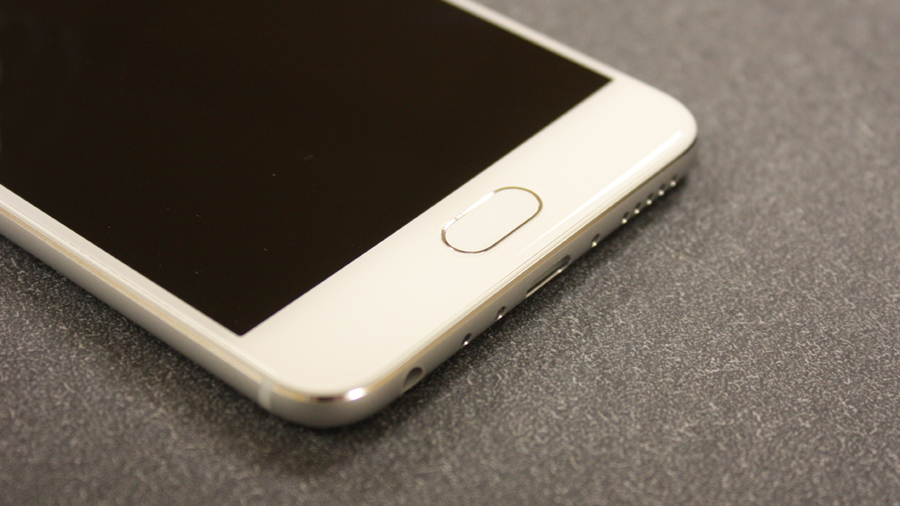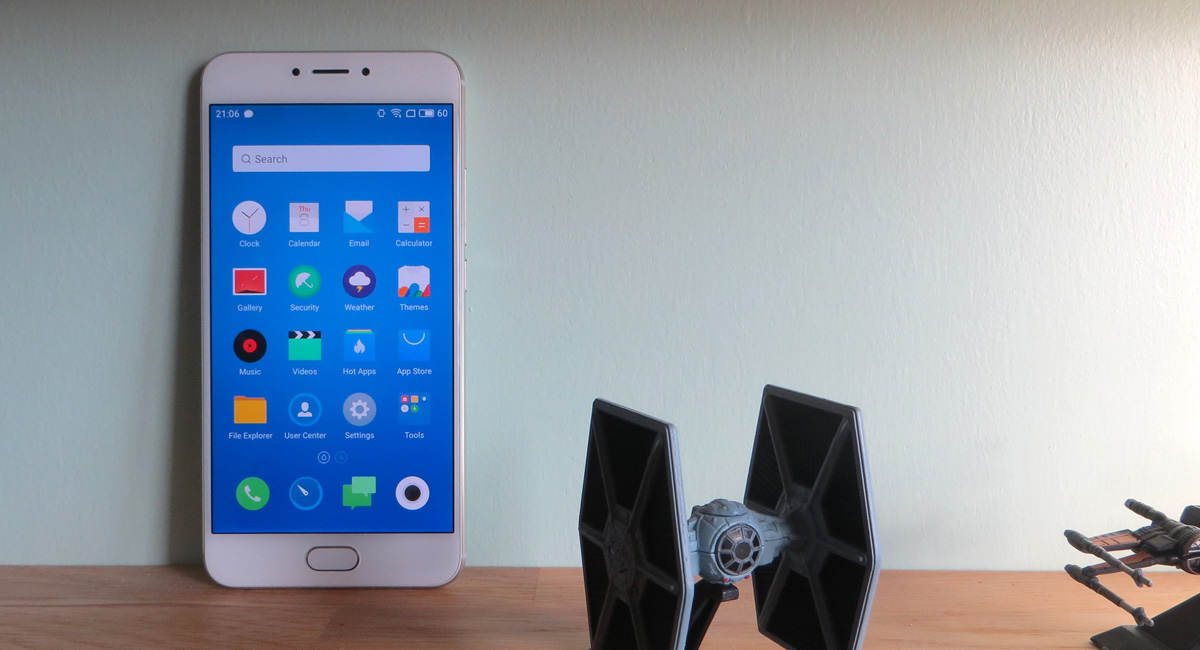TechRadar Verdict
Meizu may be relatively unheard of in the west, but the MX6 continues the company’s track record of making smartphones with a familiar design and key features at a much lower price than big name rivals. It’s good value, but fails to excite.
Pros
- +
Premium design
- +
Speedy performance
- +
Low price
Cons
- -
Iffy software
- -
Average camera
- -
No NFC or microSD slot
Why you can trust TechRadar
Unless you’re reading this from somewhere in Asia there’s a good chance you haven’t heard of Meizu, a company which – like so much of the emerging smartphone talent – hails from China, where it competes heavily with Xiaomi, Oppo and Huawei.
Meizu offers a wide range of smartphones, but its latest selection shares more than a passing resemblance to the iPhone 7 and HTC 10 – a likely deliberate design choice.
The MX6 is one of the latest high-end phones in the range, and whilst not quite considered a flagship (that would be the Pro family of phones), the MX6 still has many of the assets we would expect on a top smartphone.
This 1080p, 5.5-inch handset comes in three eerily familiar colors: Rose Gold, Silver, Gray and Gold, but the spec of each model remains the same. Meizu has chosen a 2.3GHz MediaTek deca-core chipset to power the MX6, accompanied by 4GB of RAM and 32GB of memory.
Power comes from a 3060mAh battery, and you’ll find a 12MP rear camera, and a 5MP camera up front.

Meizu MX6 price and release date
- Shipping worldwide from MeizuWorld.com
- Available in four colors, priced at $400 (£340, AU$565)
The Meizu MX6 is out now, and you can buy it directly from MeizuWorld.com for the standard price of $400 (£340, AU$565), though it is currently available at a heavily-discounted $309 (£265, AU$437), making it an extremely tempting choice.
For the money it appears that all the major bases have been covered, but to find out whether the MX6 can really compete, we need to take a closer look at this unashamedly recognizable design.
Sign up for breaking news, reviews, opinion, top tech deals, and more.
Design and display
- The slender body has a familiar design
- Bright screen with good viewing angles
- The rear camera slightly protrudes
To those of you already up-to-speed on Meizu’s latest line-up, the appearance of the MX6 should come as no surprise. Whilst not marketed as its top-end “premium” handset, the build quality is surprisingly solid, yet avoids feeling unnecessarily bulky.
The body is just 7.25mm thick, only a hair’s width thicker than the iPhone 7, but noticeably thinner than the 8.5mm Google Pixel. Tipping the scales at 155g, the MX6 is a little weightier than the aforementioned flagships, but this only helps to make this considerably cheaper smartphone feel more solid.

As far as the design and button placement goes, Meizu has played it safe with the MX6. On the right-hand side you’ll find a volume bar and power button about a third of the way down from the top, both of which are responsive, clicky, and raised enough to make it easy to locate them.
The top edge is devoid of anything other than a noise-cancelling microphone, whilst the left side is similarly barren, save for the slot that holds a dual nanoSIM tray. Unfortunately, it doesn’t double as a microSD card slot, leaving the storage fixed at 32GB.

The layout on the bottom edge is almost identical to an Apple iPhone 6 or iPhone 6S, with a 3.5mm headphone port on the left, USB Type-C port in the middle, and the single speaker grille on the right.
On the rear there’s a little nod to Apple's design, with an inscription reading "Designed by Meizu, LTE Mobile Phone Assembled in China". Though it may not be quite as glamorous as Apple's "Designed in California" tagline, the MX6 is assembled in Zhuhai, a small city just across the bay from the Foxconn plant in Shenzhen where Apple's iPhone is assembled.
The rear of the phone has a smooth metal finish and white stripes on the top and bottom, closely resembling the design of recent iPhones. The camera protrudes very slightly from the back, and looks almost identical to that on the HTC 10, whilst a dual-tone LED flash resides underneath.

Up front the home button doubles as a fingerprint scanner, just like you’d see on new Samsung, HTC or Apple handsets. The rest of the front is sparse, as there aren’t any capacitive buttons accompanying the home button.
The bezels surrounding the 5.5-inch IPS LCD 1080p screen are not the slimmest you’ll find, but are only a shade thicker than those on the similar-looking Blu Vivo 6.
The screen itself packs in a pixel density of 403 pixels per inch, and achieves exceptional brightness levels with good viewing angles. Like other cheap IPS screens, the black levels aren’t a match for any of Samsung’s AMOLED displays, but they’re totally respectable for a phone of this price.
